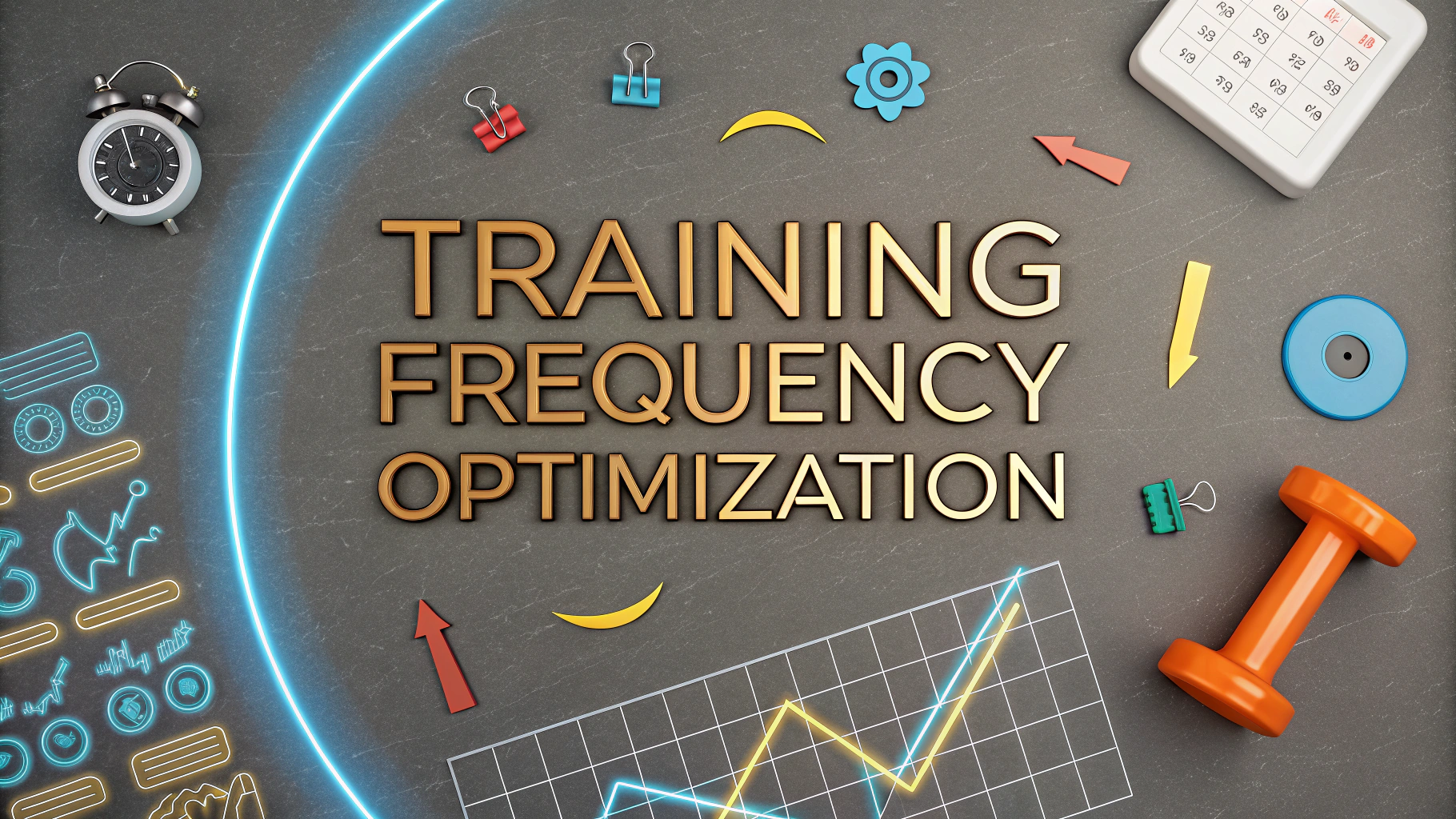Maintaining fitness while traveling can be challenging, but with proper planning and strategies, you can stay active and healthy on the road.
Quick Pre-Trip Planning
- Pack resistance bands – they’re lightweight and versatile
- Download fitness apps that work offline
- Research hotel gym facilities beforehand
- Pack workout clothes that don’t take much space
Hotel Room Workouts
A basic hotel room provides enough space for these effective exercises:
- Bodyweight squats: 3 sets of 15
- Push-ups: 3 sets of 10
- Lunges: 2 sets of 12 each leg
- Planks: 3 sets of 30 seconds
- Mountain climbers: 3 sets of 30 seconds
Smart Nutrition Choices
Plan your meals with these strategies:
- Pack protein bars for emergency snacks
- Choose hotels near grocery stores
- Request a mini-fridge in your room
- Carry a reusable water bottle
Airport Exercise Options
- Walk through terminals instead of using moving walkways
- Take stairs instead of escalators
- Do calf raises while waiting in lines
- Use airport yoga rooms (available at SFO, DFW, and ORD)
Time Zone Adaptation Tips
- Exercise in the morning to reset your body clock
- Stay hydrated during flights
- Time workouts according to your destination’s schedule
Finding Local Exercise Options
Try these resources to stay active:
- ClassPass – Access gyms worldwide
- Strava – Find local running routes
- Hotel concierge – Ask about nearby parks and trails
- Local fitness meetups through Meetup.com
Quick Health Maintenance Tips
- Set a daily step goal (10,000 steps recommended)
- Stand or walk during phone calls
- Schedule active sightseeing (walking tours, bike rentals)
- Pack simple supplements like multivitamins
Remember to listen to your body and adjust workout intensity based on travel fatigue and local conditions.
| Travel Duration | Recommended Workout Frequency |
|---|---|
| 1-3 days | Maintain regular routine |
| 4-7 days | 3-4 workouts minimum |
| 1+ weeks | Establish new routine locally |
Minimizing Travel Impact on Fitness
- Prioritize sleep quality and duration
- Combat jet lag with strategic napping
- Plan workouts during high-energy periods
- Allow recovery days after long flights
Business Travel Strategies
Meeting Day Workouts
- Wake up 30 minutes earlier
- Schedule walking meetings
- Use lunch breaks for quick workouts
- Perform desk stretches between meetings
Evening Routines
- Hotel pool workouts
- Post-dinner walks
- Light stretching before bed
- Foam rolling for recovery
Long-Term Travel Considerations
- Join international gym chains
- Invest in portable exercise equipment
- Build a network of fitness contacts
- Track progress through fitness apps
Conclusion
Maintaining fitness while traveling requires adaptability and commitment. By incorporating these strategies into your travel routine, you can maintain your fitness goals regardless of location. Focus on consistency over perfection, and remember that some activity is always better than none. With proper planning and the right mindset, travel doesn’t have to disrupt your fitness journey.
| Activity Level | Daily Goals |
|---|---|
| Minimum | 30 minutes movement |
| Moderate | 1 workout + 8000 steps |
| Optimal | 1 workout + 12000 steps |
FAQs
- How can I maintain my workout routine when I don’t have access to a gym while traveling?
You can perform bodyweight exercises like push-ups, squats, lunges, and planks in your hotel room. Additionally, resistance bands are lightweight, portable workout tools that can provide a full-body workout anywhere. - What are the best strategies to avoid unhealthy airport and airplane food?
Pack healthy snacks like nuts, fruit, protein bars, and cut vegetables. Stay hydrated with water and avoid excessive alcohol and salty foods during flights. When possible, eat a nutritious meal before heading to the airport. - How can I manage jet lag and still maintain my fitness routine?
Gradually adjust your sleep schedule before travel, stay hydrated, get natural sunlight at your destination, and exercise at appropriate times in the new time zone. Avoid working out too close to bedtime. - What are the safest ways to run or jog in an unfamiliar city?
Research safe routes beforehand, stick to well-lit populated areas, carry identification, use hotel concierge recommendations, and consider joining local running groups or guided fitness tours. - How can I make healthy food choices when dining out frequently during travel?
Choose grilled or steamed options over fried foods, ask for dressings on the side, prioritize vegetables and lean proteins, control portions, and research restaurant menus in advance. - What are effective ways to stay hydrated while traveling?
Carry a reusable water bottle, drink water before, during, and after flights, limit caffeine and alcohol intake, eat water-rich foods, and monitor urine color to gauge hydration levels. - How can I prevent muscle loss during extended periods of travel?
Maintain protein intake, perform regular resistance exercises even if bodyweight only, ensure adequate sleep, stay hydrated, and try to move frequently throughout the day. - What are the best exercises to combat stiffness from long flights or car rides?
Perform ankle circles, neck rolls, shoulder shrugs, seated twists, and walking when possible during travel. Take regular breaks to stretch and move during long journeys. - How can I maintain portion control when faced with buffets and all-inclusive resorts?
Use smaller plates, fill half your plate with vegetables, wait 20 minutes before seconds, choose protein-rich foods, and limit yourself to one dessert serving per day. - What essential fitness items should I pack for my travels?
Pack resistance bands, a jump rope, lightweight running shoes, workout clothes, a reusable water bottle, and healthy snacks. Consider downloading fitness apps for guided workouts.







